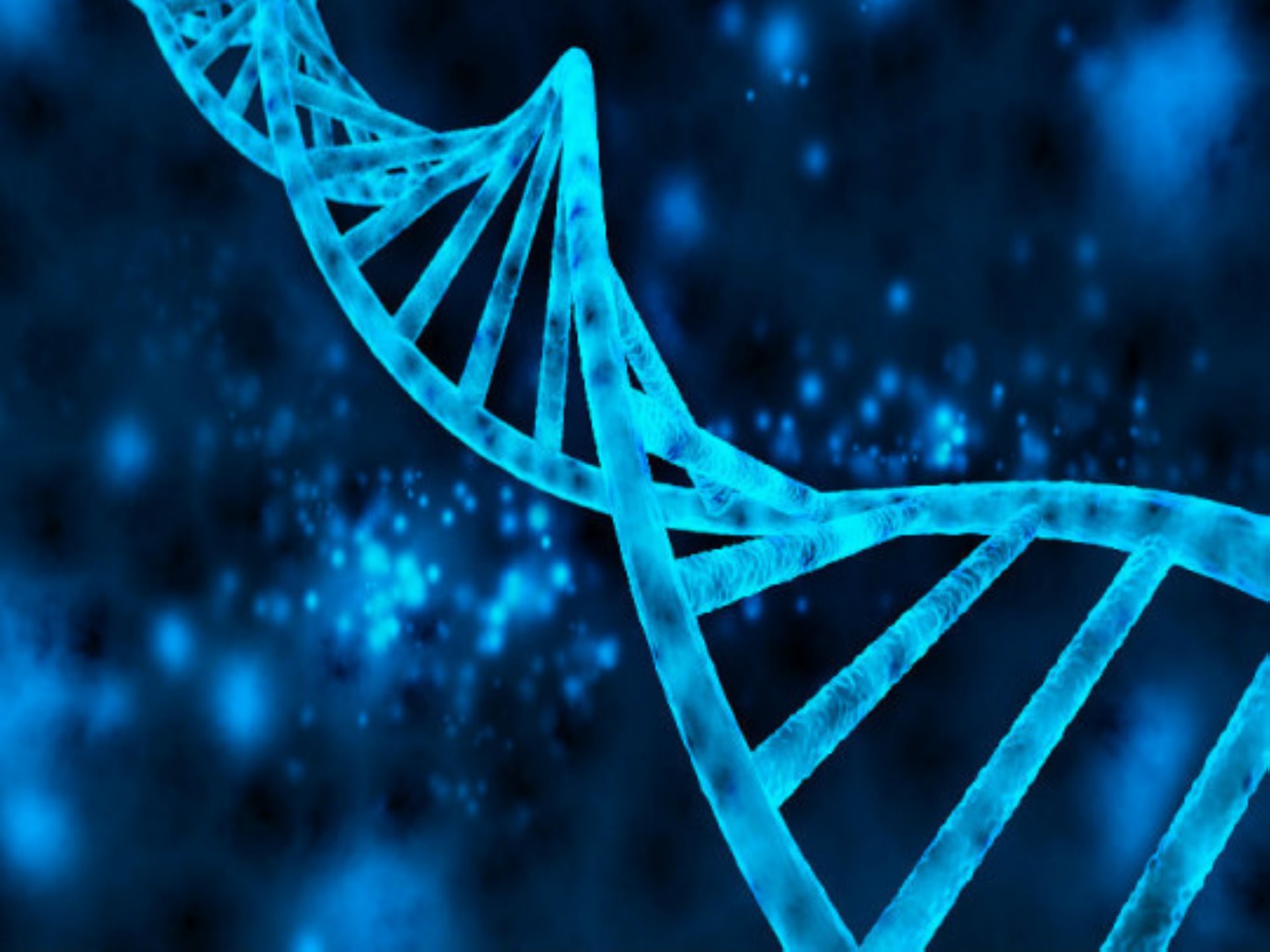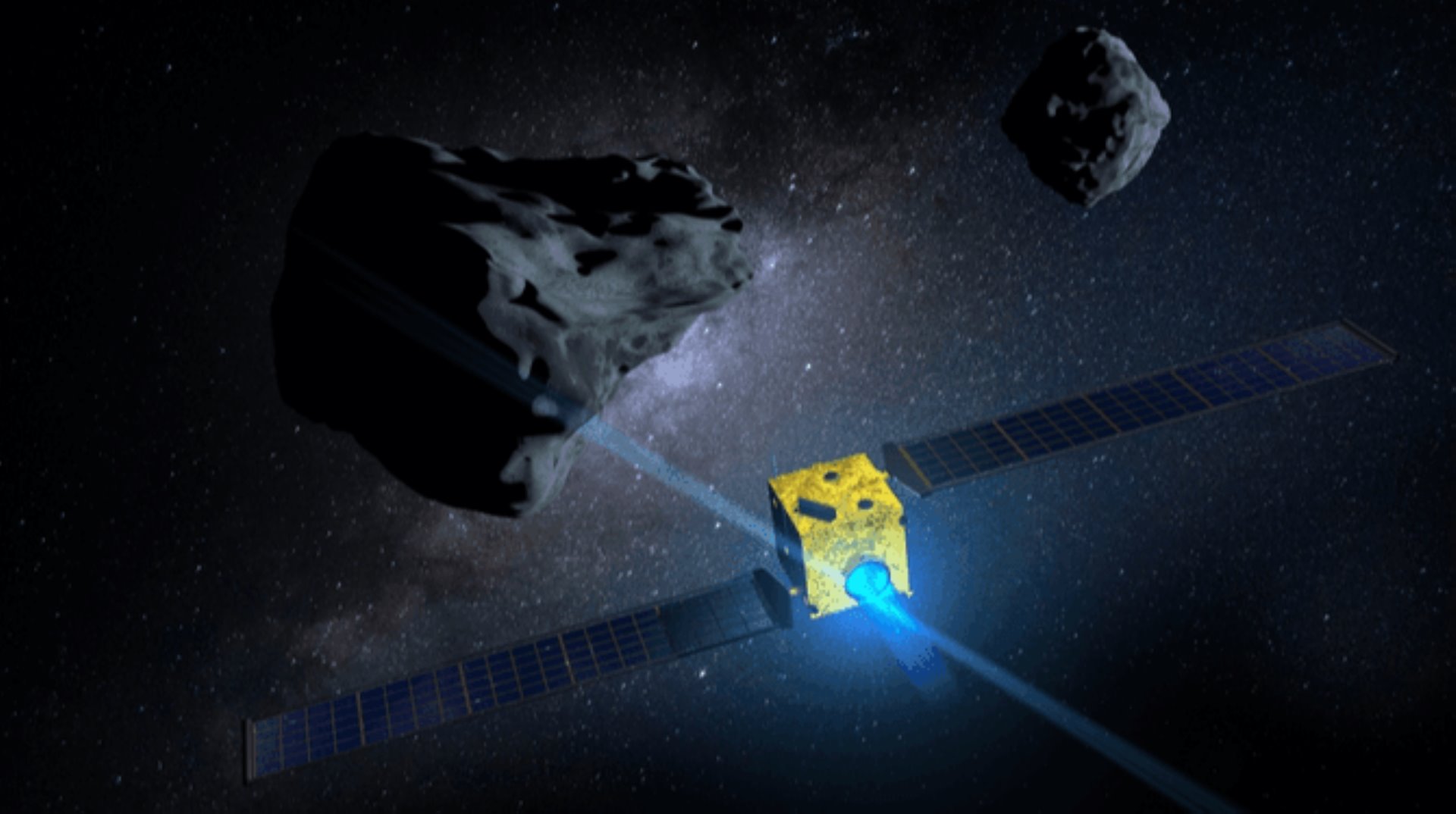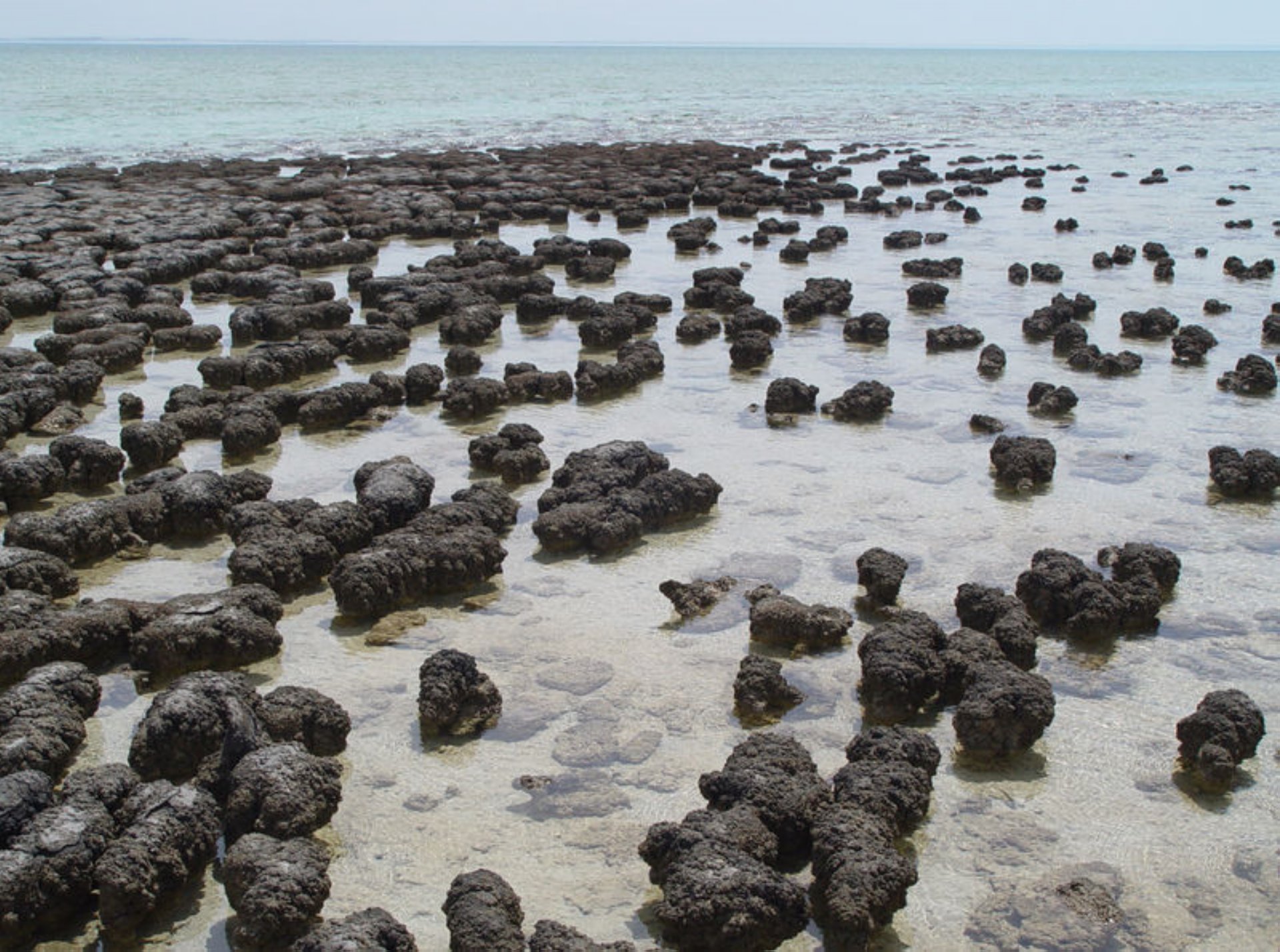Miscellaneous2 - Our DNA
Do we know the complete genome of Neanderthals?
Swedish researcher Svante Pääbo sequenced the entire genome at Uppsala University in 2009. According to him, the only difficulty was to find the right method in the collected samples. On the one hand, these samples are fragmentary, but that could be bridged quite easily. On the other hand, those samples are far from fresh (read petrified and bone dry) and that was a problem. In order not to lose valuable samples during all kinds of test phases, he first turned his attention to the more available DNA from mummies. This DNA was more or less in the same state as that of Neanderthal man. And he managed to develop a good method to correctly unravel that mummy DNA. This opened the way to the complete sequence for Neanderthal DNA. Since then, he has been traveling the world with this precious science to talk about it. And since then, he has been regarded as a pioneer in paleogenetics, a fairly new branch of science that has been on the rise since the 1980s. The intermediate steps are:
- Extraction or separation of the DNA.
- Replication or cloning of that DNA.
- Sequencing or determination of the DNA. And now the idea is to go back as far as possible. Up to the Dinosaurs is probably too ambitious. The spontaneous disintegration of DNA molecules is too big a problem for that. But we’re certainly going to be able to analyze DNA that’s 500,000 years old, maybe even a million years old. Who knows what we’ll get out of it.
How does that part end up in our DNA?
We have to accept that DNA exchange can only take place during sexual reproduction. And whatever we think about that doesn’t matter. The only thing that matters is that this mixing has taken place. It is therefore about 2 %. Homo sapiens had sex with Neanderthal man, which is not shocking. It would have been strange if it had never happened. What is striking is that Neanderthal DNA has also been found in the genome of modern Chinese. Apparently, Neanderthals were not a typical European human species after all. The Out of Africa theory states that modern humans came from Africa and from 50,000 years ago outcompeted all other human species outside Africa. That theory can be upheld with a slight adjustment. When the first modern humans left Africa, they mixed with the Neanderthals living there somewhere in the Middle East. Their descendants then spread towards Europe, Asia and Australia.
What qualities are in that part?
So far, 5 genes have been found.
-One of them codes for proteins that are responsible for the recognition of the body’s own substances at the cellular level. These proteins therefore ensure that foreign organisms that enter our cells are recognized. Then, our immune system can destroy the infected cell. So this points in the direction of an improved immune system courtesy of Neanderthal man.
-There is also a gene that encodes a specific type of the keratin protein. This protein is a component of our skin and hair. So we may owe our light skin and hair to that same Neanderthal man.
-And finally, there is also a gene that we know increases the risk of diabetes. Some make a link to our predisposition to obesity, also thanks to Neanderthal man.
What if Neanderthals were still among us?
We have to ask ourselves what the world would have been like if Neanderthals hadn’t gone extinct? Suppose they had lasted two thousand generations longer, they would be among us now:
- Maybe the racism we know today would have had an extreme variant, because they were clearly different from us.
- Or maybe we would have evolved more into an open-minded species that doesn’t make such a big distinction between animals and humans. Modern man has explored and colonized every corner of our planet. We have done that job in barely fifty thousand years. The archaic human species have had two million years to do it. Why have they never tried to cross seas, or even oceans? It is therefore certain that our ancestors cheated with Neanderthals. They probably had about 5,000 years there. Nowadays we can do that job in a few hours.
Are there any other human species?
-The same researcher Svante Pääbo then established in 2010 that there was certainly another human species, the so-called Denisovans. To do this, he examined the DNA from a phalanx and saw enough differences to define a new human species. Denisova refers to a cave in Siberia in the Altai Mountains where the bone was found. This species was probably found in Asia for tens of thousands of years. In addition to a phalanx, a few teeth and a skull fragment were found in the Denisova cave. Today, it is believed that the Denisovans also lived alongside modern humans for thousands of years. Possibly even longer than one assumes for the Neanderthals who disappeared about 40,000 years ago. According to the new research, this new species lived alongside modern humans until at least 30,000 years ago and also had common offspring. It has been determined that 5% of the DNA of the Aborigines comes from Denisovans. So Denisovans are the last type of human to walk the earth, if we don’t count ourselves. Furthermore, this human being is a good example of how you can force a breakthrough in the evolutionary history of mankind on the basis of genetic material alone.
-In summary, we have:
- The Cro-Magnon was a Homo sapiens and therefore our direct ancestor.
- Neanderthal man and Deniova are closely related species, Homo neanderthalensis and Homo denisovan. They are extinct.
-Denisovans have also had sexual contacts with Neanderthals. A DNA analysis of human bones from about 90,000 years ago showed that a woman had a Neanderthal as a mother and a Denisovan man as a father.
-And finally. From a femur from Siberia, Svante Pääbo’s group was recently able to reconstruct the genome of a Homo sapiens that lived 45,000 years ago. This has deciphered the oldest DNA of modern humans. The genome of these Homo sapiens was found to contain two percent Neanderthal DNA, the same amount as today’s Europeans and Asians. This indicates that this human descended from the same group of modern humans who lived with the Neanderthals in the Middle East for a short time. The pieces of Neaderthal DNA also allow for more accurate dating of the cross between Homo sapiens and Homo neanderthalensis. It is thought to have taken place between 60,000 and 50,000 years ago.






Comments